Dr. Michelle Asha Cooper
Diverse: Issues in Higher Education
OCTOBER 20, 2022
based Institute for Higher Education Policy (IHEP), one of the nation’s premiere education research and policy centers, Dr. Michelle Asha Cooper has a vision. Since taking the helm of IHEP in 2008, Cooper’s been out front influencing national education policy. As president of the Washington, D.C.-based





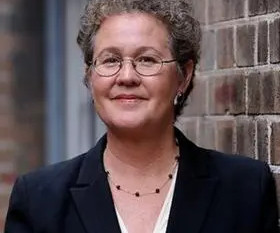
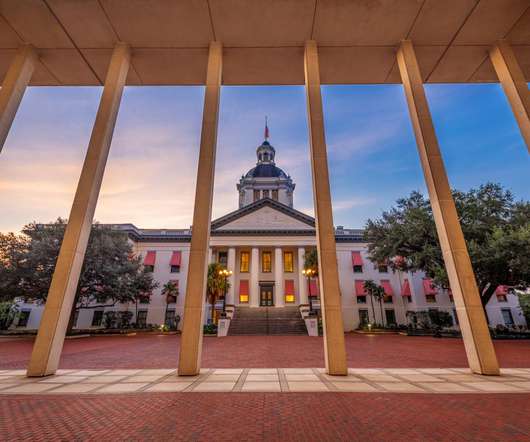

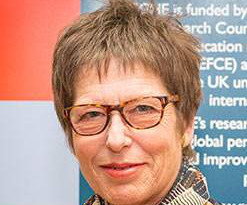


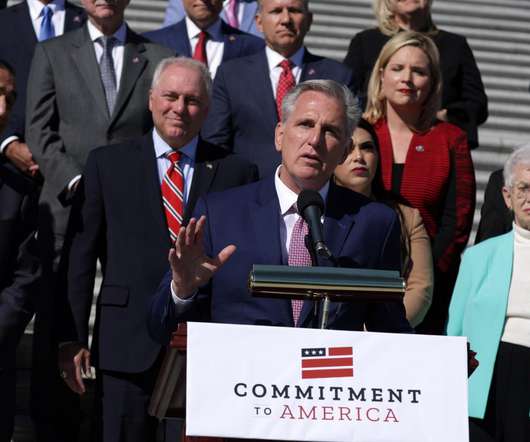

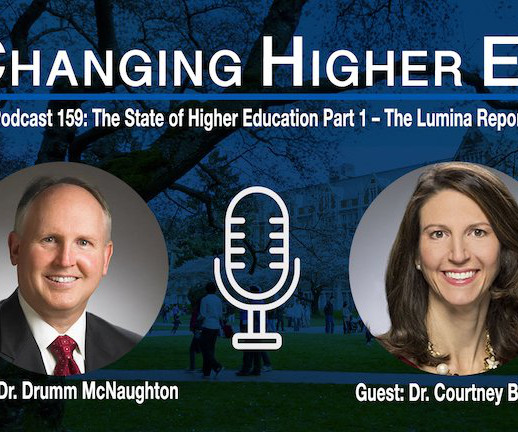
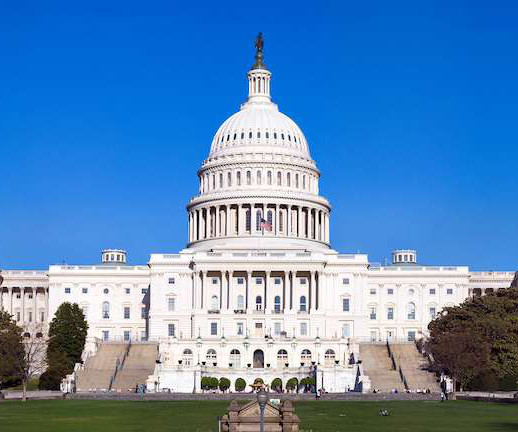

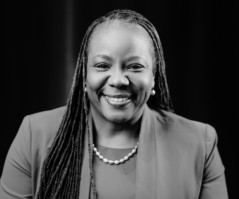









Let's personalize your content